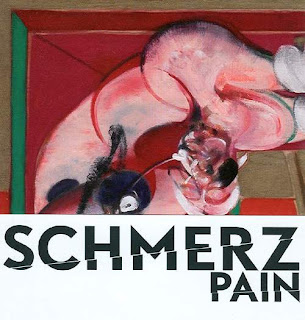
The exhibition PAIN explores the manifold depictions and expressions of pain: in an early modern painting of the Crucifixion, the medical preparation of a gouty hand, a video installation of mourners, the flickering electrical impulses of a nerve cell, a cry. It examines pain’s ability to create community, as well as the attempts to observe, analyze, seek or escape it. It shows that pain can be many things at once: subjective and objective, creative and destructive.
The two venues, the Hamburger Bahnhof – Museum für Gegenwart – Berlin and the Berliner Medizinhistorische Museum der Charité, are both program and challenge. The museums stand for realms of images and things that could not be more disparate. “Pain” is predestined to thematize these expectations themselves, for neither art no science can claim to have the last word here.
The exhibition PAIN draws from all conceivable sources. Combining and confronting artistic works and medical, folk-art, religious and everyday objects, it traces the boundaries between art, medicine and cultural history. The focus is on Western culture. Following a strategy of reduction, the exhibition is not afraid to make leaps in time. It is conceived as a zone of experimentation for new visual and thematic impulses and puts up for negotiation the viewing habits traditionally associated with both museums – a challenge for curators and visitors alike.
 This blog content includes explicit depictions of sexuality, including homosexuality, heterosexuality, transgender, fetishes and many others.
This blog content includes explicit depictions of sexuality, including homosexuality, heterosexuality, transgender, fetishes and many others.



















































